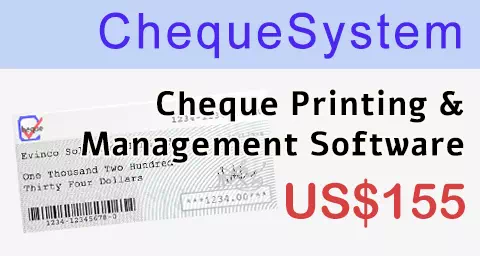
A surprisingly important symbol, the asterisk plays a significant role in check security. Its strategic placement can deter fraud and ensure efficient processing of financial transactions. This article examines the reasoning behind the use of asterisks on checks and outlines best practices for their application.
- The Asterisk’s Role in Cheque Security
- Increased Difficulty of Alteration: Altering a Cheque amount requires careful erasure of the original number and asterisks, followed by rewriting the new amount and asterisks. This process is far more likely to leave visible traces, making the alteration easily detectable. The asterisks create a visual barrier, making even minor changes more obvious.
- Enhanced Scrutiny: The presence of asterisks draws attention to the numerical amount, prompting both the payer and the recipient to carefully compare it with the amount written out in words. This cross-verification is a crucial step in preventing fraudulent transactions.
- Reduced Risk of Undetected Fraud: By making alterations more difficult and more conspicuous, the asterisks significantly reduce the likelihood of successful fraudulent Cheque alterations going unnoticed.
- Why Asterisks Are Preferred Over Other Symbols
- Established Convention: The use of asterisks is a widely accepted and understood security practice within the banking industry. Using a different symbol might confuse the recipient, the processing bank, or automated Cheque-reading systems, potentially leading to delays or rejection of the Cheque.
- Clarity and Readability: Symbols like dashes (-) can be easily confused with hyphens used elsewhere on the Cheque, especially with less legible handwriting. Asterisks provide a clearer visual separation and are less ambiguous.
- Minimizing Misinterpretation: Other symbols could be misinterpreted as part of the numerical amount itself, leading to errors in processing. The asterisk’s distinct visual nature avoids this risk.
- Asterisks: A Targeted Security Measure
- Payee Name: Adding asterisks to the payee name would hinder readability and identification, potentially delaying or preventing the Cheque’s processing.
- Amount in Words: The written-out amount serves as a crucial cross-reference to the numerical amount and is already a robust security feature. Adding asterisks would only reduce legibility.
The primary reason for placing asterisks before and after the numeric amount on a Cheque is to prevent fraudulent alterations. This simple yet effective security measure acts as a visual deterrent and makes it significantly more difficult for someone to tamper with the numerical value. Consider the following:
While other symbols might seem like viable alternatives, the use of asterisks is strongly recommended for several reasons:
Therefore, sticking to the established convention of using asterisks ensures clear communication and minimizes the risk of processing errors.
It’s crucial to understand that the asterisks are intended solely for the numerical amount. Applying them to other parts of the Cheque, such as the payee name or the amount written out in words, is unnecessary and potentially counterproductive:
The asterisks’ purpose is to safeguard the numerical amount from alteration. Other fields on the Cheque have their own security mechanisms, and adding asterisks to them is redundant and could even create confusion.
In conclusion, the strategic use of asterisks around the numeric amount on a Cheque is a simple yet effective security measure. Adhering to established best practices—using asterisks only around the numerical amount—ensures optimal Cheque security and smooth processing.

